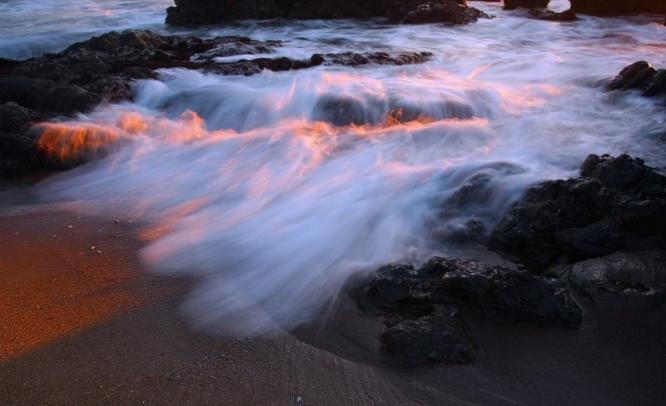Development partners have an important role to play in supporting Pacific nations as they work to secure their energy future, including providing financing and helping develop regulatory frameworks that support renewable energy and energy efficiency.
Sticker shock at the gas pump is a possibility for virtually any driver at a time when crude oil costs hover near peak 2008 prices of more than $130 per barrel. But imagine the bill when petrol fuels not only one’s car, but also one’s country.
This is the reality for most Pacific Island nations, where some countries are spending up to 30% of GDP on imported fossil fuels to generate electricity – and yet still leaving vast portions of their populations in the dark.
The energy challenges facing the Pacific are enormous. Isolation, sparse populations, limited infrastructure, and narrow economic bases have translated into a near-total reliance on fossil fuels for power generation, which not only wreaks a heavy environmental toll, it also creates tremendous vulnerability to price fluctuations.
This year’s Pacific Energy Summit, taking place in Auckland from 25-26 March and involving development organizations, private sector interests and top government officials from around the region, is a chance to connect greener, more energy efficient ideas with the aid money and private sector funds needed to pay for them.
Hydropower, solar plants, wind farms and biofuel plants already play a valued role in power generation in the Pacific, but with the high cost of start-up infrastructure associated with green power technologies, Pacific Island nations will have to increasingly looking at the efficiency of their systems and the productiveness of their power utilities in order to trim costs while still keeping the lights on.
Improving energy efficiency means reducing the energy used to provide energy services such as lighting, refrigeration, cooling, or electric motor power. This can be achieved by improving energy management processes, or at the household level by, for example, readjusting temperature settings to save on air conditioner use.
Increased energy efficiency can not only mitigate the impacts of climate change, it can reduce fuel imports, improve fiscal and trade balances, and strengthen the overall economy. In terms of least-cost improvements, it’s cheaper to save energy than generate more energy.
This was proven in Samoa, where a study of savings from energy conservation measures found that retrofitting government buildings and hotels, switching to energy efficient residential and street lighting, and encouraging the use of energy efficient appliances could reduce the total amount of imported fuel by up to 15%, valued at almost $4 million.
These energy efficiency measures were estimated to be capable of reducing future generation needs by 1,755 kilowatts in Upolu and 271 kilowatts in Savaii – an annual savings of more than $175,000 – and a cheaper option than installing renewable generation means, such as photovoltaic panels.
The study, which also included data from Cook Islands, Papua New Guinea, Tonga, and Vanuatu, showed that by introducing energy conservation measures, Pacific Island countries could reach up to 14% average annual energy savings. Within three years, the study found, the measures would pay for themselves in savings generated.
These are significant findings, and create a convincing argument more efficient upgrades. But Pacific nations would be wise to also take a close for look at the efficiency of existing power generation systems and regulatory authorities, where there is much room for improvement.
Fiji also offers a model to follow, gradually transforming its power authority since 2001 to become one of the best performing utilities in the region. This change happened through clear directives from government, the appointment of an experienced management team, and the implementation of independent price regulation, which has boosted investment in renewable energy.
Development partners have an important role to play in supporting Pacific nations as they work to secure their energy future, including providing financing and helping develop regulatory frameworks that support renewable energy and energy efficiency. Likewise, the private sector will also need a seat at the table, since investments required to upgrade and transform power grids to rely on multiple, renewable energy sources far exceeds public financing capacity of most Pacific countries.
While the challenges are great, energy security in the Pacific is achievable. It will take big action – including massive investments in green technology and grid updates – but it can also be helped by relatively simply measures too. Promoting efficient lighting and buildings, adopting minimum energy standards for appliances and mounting public awareness campaigns can lead to significant energy savings.
Source:This article was first published by the Asian Development Bank (www.adb.org)


